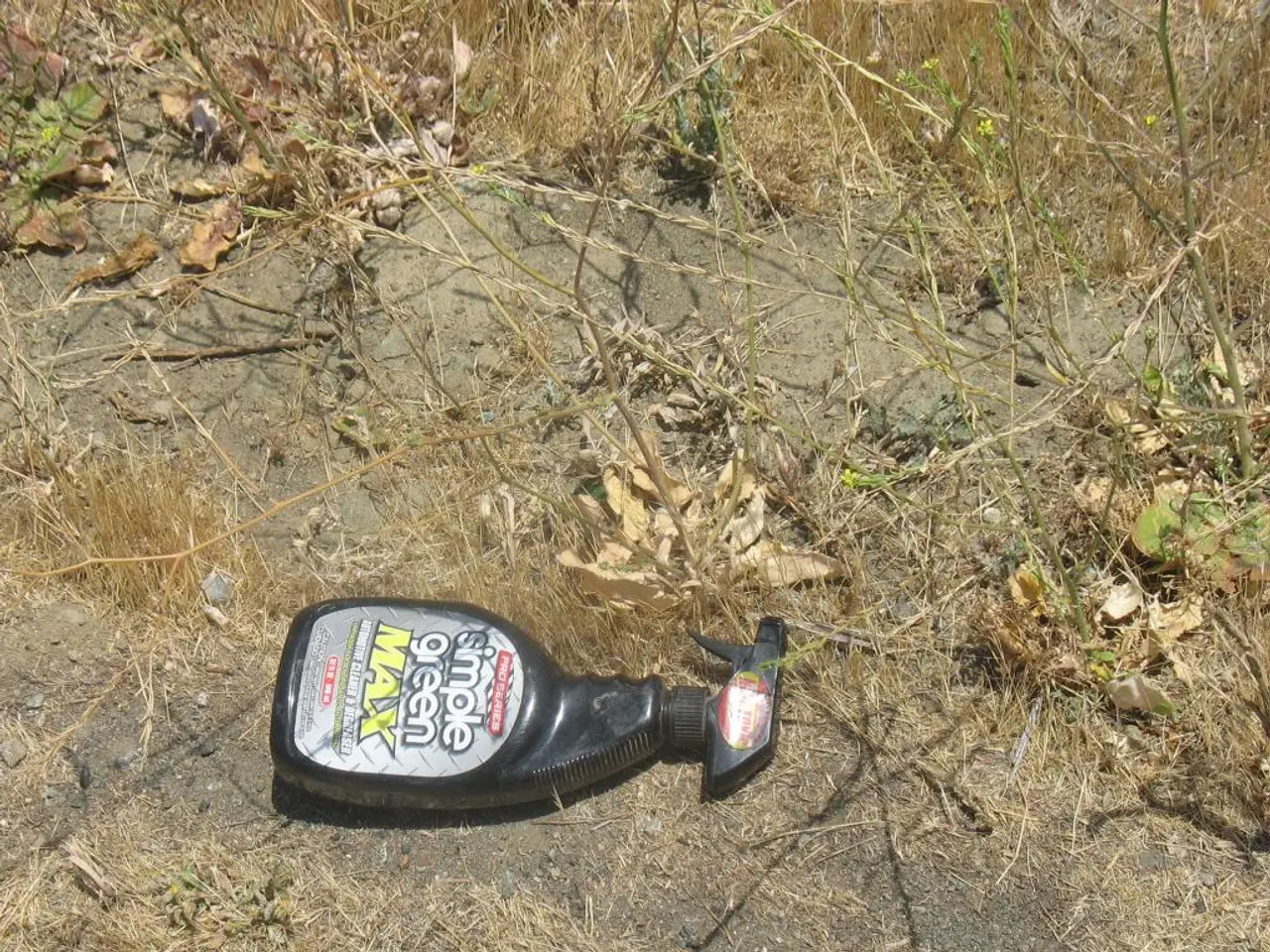Soil Moisture: Which Type Offers Optimal Growth for Plants?
In the world of gardening, the importance of soil moisture cannot be overstated. Whether you're a seasoned green thumb or a budding horticulturist, understanding the optimal moisture levels for your plants is crucial for their survival and growth.
Working with dry soil during the planting process offers several advantages. It is less messy, easier to handle, and allows for a smoother transition when transplanting. This is because dry soil maintains the integrity of the root system, reducing the risk of soil compaction and providing the necessary oxygen and moisture levels for the plant's roots.
However, wet soil can pose a challenge. Its tendency to fall apart easily can damage root systems, leading to potential harm for your plants. Lumpy soil in wet conditions also creates difficulties for seed coverage and moisture retention. To ensure optimal planting conditions, it is advisable to wait until the soil is dry before planting.
Transplanting in dry soil is less messy and makes cleanup easier. When transplanting, it is recommended to fill the new pot halfway and then dig a hole that is slightly smaller than the root ball. This approach helps maintain the integrity of the root system, ensuring the plant's survival and healthy growth.
The optimal moisture level for planting different types of plants depends on the species and soil conditions. Generally, keeping soil consistently moist—not soggy or dry—is best. To determine the optimal moisture level for any plant, use a soil moisture meter or the manual squeeze test: soil should feel damp and hold together softly like a ball without dripping water or being powdery dry.
Additionally, consider plant water needs. For example, lettuce grows well in soil moisture levels between 60-80% of its water-holding capacity, maintaining consistent moisture particularly during key growth stages to avoid bolting or rot. On the other hand, drought-tolerant plants prefer drier conditions, while water-loving plants need consistently moist soil.
When transplanting in dry soil, check soil moisture 4-8 inches deep. If it feels dry or just slightly damp, watering before or during transplanting is recommended to reduce transplant shock and support root establishment. Amend dry or sandy soils with organic matter (peat moss, compost, coconut coir) to improve moisture retention and drainage, which helps roots access water more effectively after transplanting.
In summary, understanding the optimal moisture levels for your plants and the benefits of transplanting in dry soil can significantly enhance your gardening experience. By using a moisture meter or manual test, identifying plant water needs, amending soil with organic matter, and ensuring soil is not too dry before transplanting, you can create the perfect conditions for your plants to thrive.
Maintaining the right moisture level in your home-and-garden soil is essential for healthy plant growth. Different plants require varying levels of moisture, with lettuce preferring 60-80% of its water-holding capacity and water-loving plants needing consistently moist soil.
For a cleaner and smoother transplanting process, it is advisable to work with dry soil, as it reduces the risk of soil compaction, maintains the integrity of the root system, and aids in root establishment.




